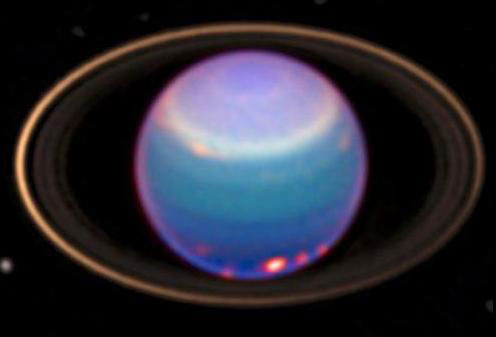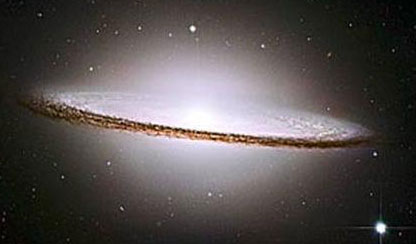Devotion The first angel of the ‘Daughters of Science’ is ‘Devotion’. In a secular sense, devotion relates to an earlier understanding of ‘purpose’ and ‘determination’. Where it is an act of devoting one’s time and energy to a cause (civil rights), an activity (to push the frontiers of science) or to an enterprise such as a business where devotion is paramount to its success. A Story of
Devotion: William Herschel A century after Newton, the efforts and devotion of a new pioneer transformed astronomy - William Herschel. Herschel was an accomplished musician and an amateur astronomer. His great ambition was to make a larger version of Newton’s reflector telescope to see further into space than anyone before. To see the very faintest starts invisible to other telescopes of his day, Herschel required big mirrors. Making large curved mirrors in the mid-18th century, however, was a major technical challenge. Glass mirrors had not yet been invented so mirrors were made of metal. Beside his intellectual skills, Herschel possessed keen manual skills. In his basement, working up to 16 hours a day, Herschel would cast disks of a metal called speculum, a special mixture of molten tin and copper. Working the ovens to melt the metal was difficult and dangerous work (the metals contained arsenic). Being in the presence of the metallic gaseous fumes, Herschel and his co-worker would find themselves gasping for fresh air after a casting pour. Casting the mirrors was just the first step for the flat disks required a curved surface. Herschel would painstakingly grind and polish the metal disks by hand into the precise shape needed to form an image. Solar System’s New
Sister
By the spring of 1773 Herschel began to look at the planets and the stars with his new reflecting telescope. His journal notes show his observations of Saturn’s rings and the Great Orion Nebula (M42). At the time Saturn was the farthest known planet. On March 13, 1781 Herschel’s new telescope made a revolutionary discovery. A very faint star seemed to move against the backdrop of the other stars. The wandering star turned out to be the planet Uranus. It was an astonishing event – a clarinet player, an armature astronomer, in his backyard discovered a new planet. Overnight Herschel doubled the size of the solar system. His discovery sparked a frenzied hunt for new planets. It is a quest that the world’s most sophisticated telescopes continue this day. Great
Galaxies To the ancients the Milky Way looked like milk had been poured across the sky. The early Greeks astronomers called it ‘Kyklos Galaktikos’– the milky circle. It is from this we get our word ‘galaxy’. To this day the Milky Way still fascinates astronomers. But in Herschel’s day no one knew it was a galaxy or what shape it was. Learning more about the Milky Way became Herschel’s obsession. Herschel mapped the distribution and position
of all the stars he could see in that great circle that cut through the Milky Way. He introduced the
technique of star counting. His survey took over a year of precise recording. The result of his
effort, his devotion, was a map called the ‘grindstone’ (due to its shape). Herschel also discovered over
2,400 objects defined by him as ‘nebulae’ – a generic term for a diffuse astronomical object. His grindstone
map showed that the Milky Way was more than just a strip of stars – it is a vast disk of stars. Even with his powerful 20’
telescope, Herschel could only see so far into space. The Milky Way to him was the entire Universe. To
give an idea of the Milky Way’s size, to cross from one edge to another, it would take 100,000 years
traveling at the speed of light!
The next advance in
astronomy would require a much larger telescope – the huge Hooker 100-inch reflecting telescope located at Mount Wilson Observatory, California (Herschel’s 20’ telescope had a 19 inch
aperture).
The Sombrero Galaxy - 28 million light years from Earth. Voted the best picture taken by the Hubble telescope. The dimensions of the galaxy (M104) are as spectacular as its appearance. It has 800 billion suns and is 50,000 light years across.
z |


